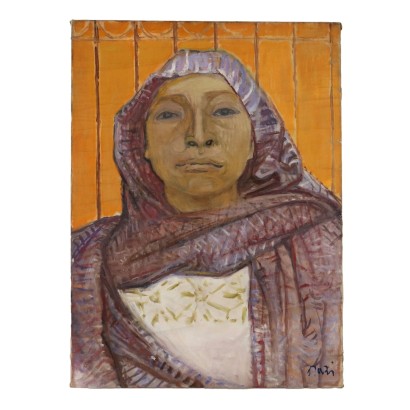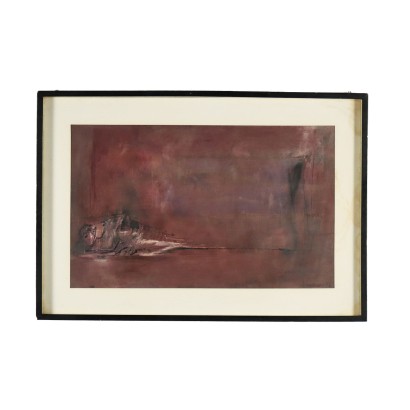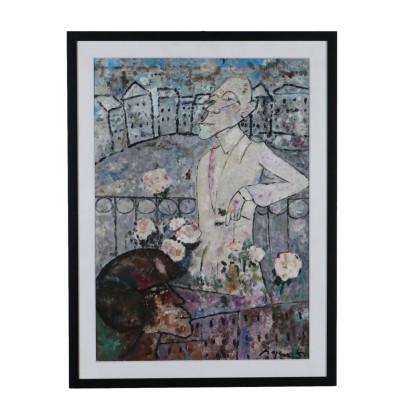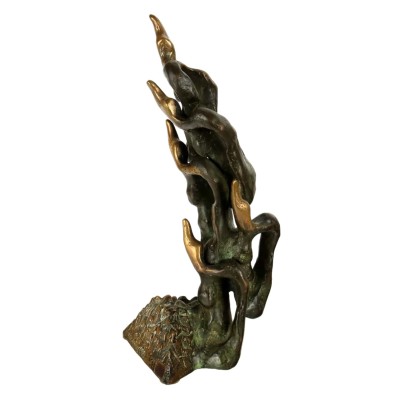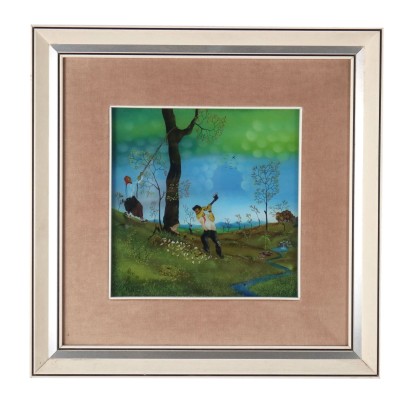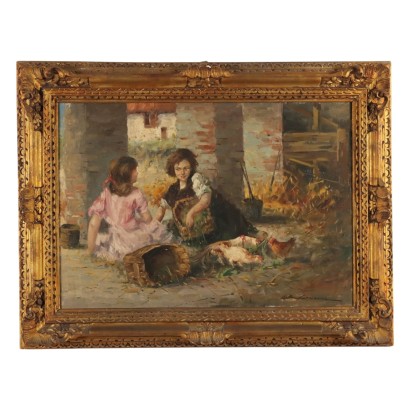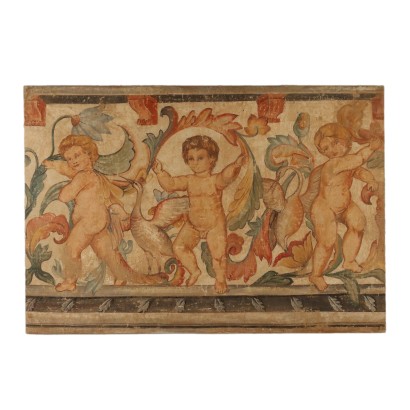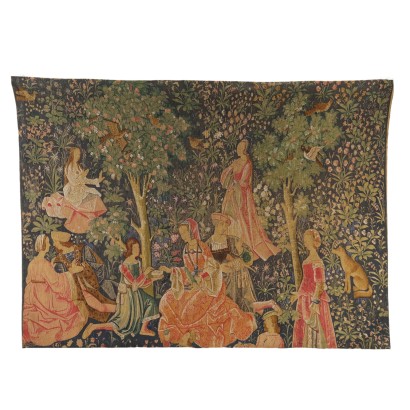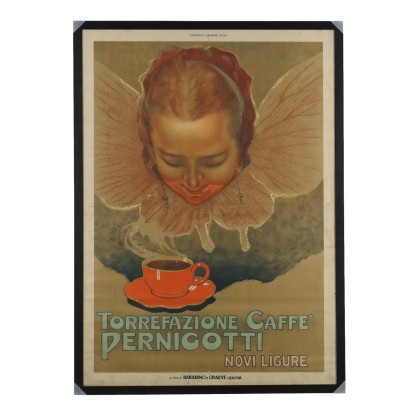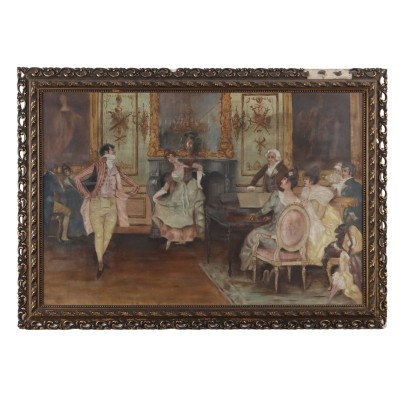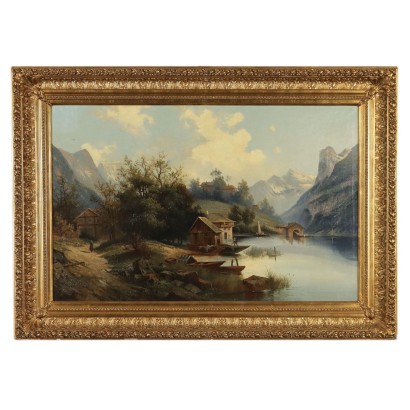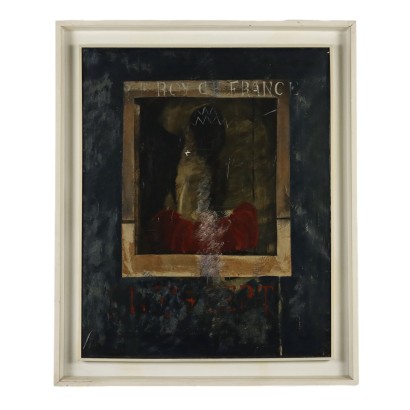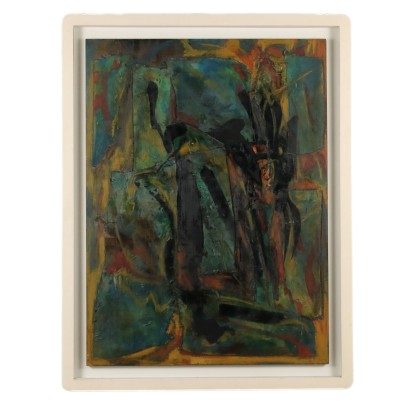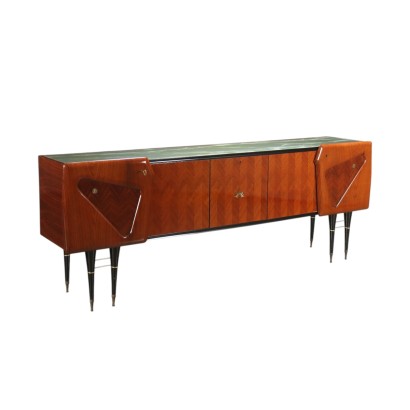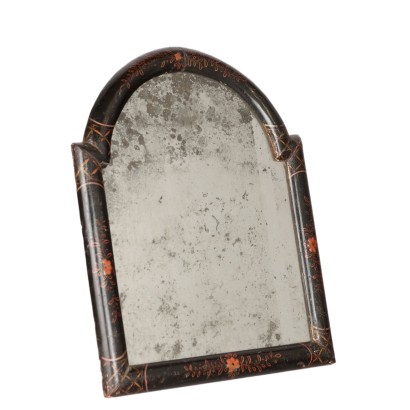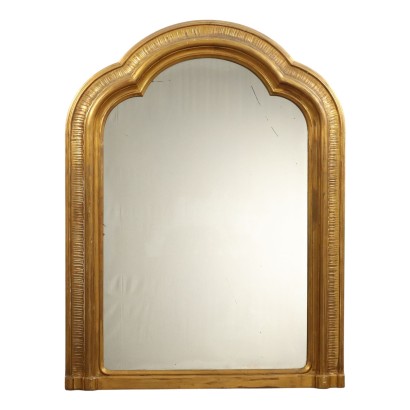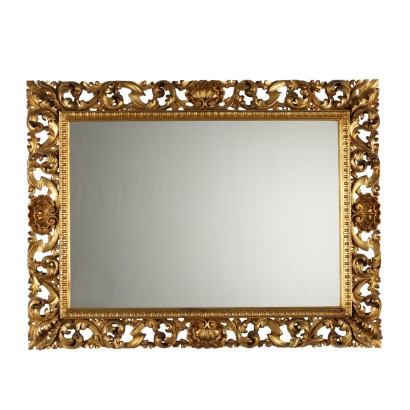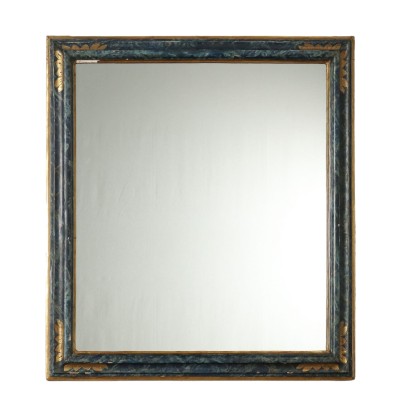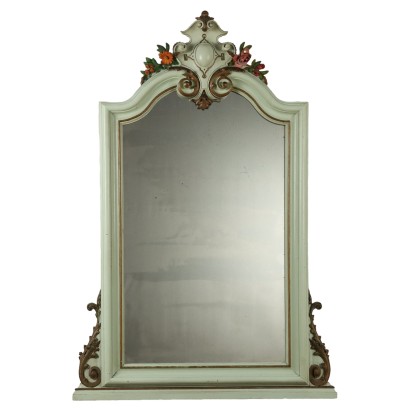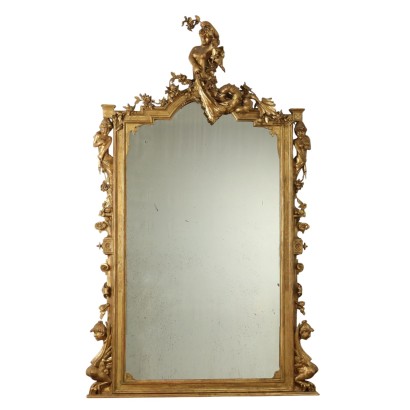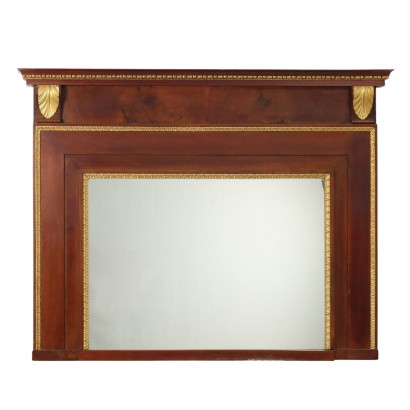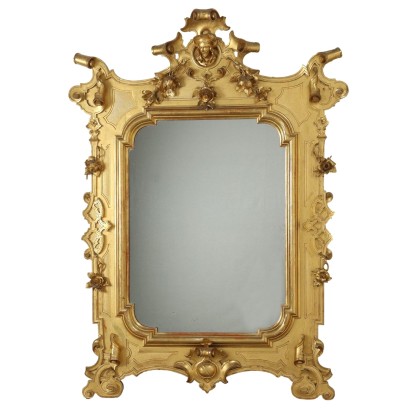Painting by ORAZI - The Shawl Portrait of a Mexican Woman ca. 1950
Features
The Shawl Portrait of a Mexican Woman ca. 1950
Artist: ORAZI (1906-1979)
Artwork title: Lo scialle. Ritratto di donna messicana
Age: Contemporary
Subject: Human Figures
Artistic technique: Painting
Technical specification: Oil on Canvas
Description : Lo scialle. Ritratto di donna messicana
Oil on canvas. Signed lower right. The French painter ORAZI stayed in Mexico in 1955 and then in 1956-57, which was an exceptionally attractive world for intellectuals and artists of the time. The natural scenery, the customs and traditions of the local population were the themes that converged in the series of paintings called Peintures sur le Mexique, landscapes, compositions and portraits without giving in to the taste for the exotic, with an extremely careful work on the color to represent, without descriptivism, the elements of nature and the figures of men and women, already projected towards abstraction. This pictorial series, composed of 35 pieces, was then exhibited in 1957, upon his return to France, at the Vendôme Gallery in Paris. The painting comes from the private collection of the artist's family.
Product Condition:
Product in good condition, shows small signs of wear. We try to present the real condition as completely as possible with the photos. If some details are not clear from the photos, what is reported in the description is valid.
Artwork dimensions (cm):
Height: 80
Width: 60
Depth: 2
Additional Information
Artist: ORAZI (1906-1979)
Born in Paris in 1906 ORAZI, was a painter and member of the École de Paris (or nouvelle École de Paris). ORAZI is the name he adopted during his career, usually written in capital letters, especially in France, to distinguish himself from a series of artists, even from the same family tree, active in France - since the 17th, 18th century - and originally from Bologna and Italy. ORAZI followed classical studies, taking a particular interest in history, philosophy, Greek and Roman aesthetics, history of art, as well as studying piano and then composition. Starting from secondary school he also devoted himself to painting and the study of artistic techniques. He therefore had a thorough education in the human sciences and art, which would have constituted a solid basis for his subsequent artistic experiences. In 1934 he exhibited for the first time at the Galleria Pesaro in Milan, with the support of Leonardo Dudreville who wrote the introduction to the exhibition catalogue. That same year he moved to Paris, setting up his studio in Montparnasse. He was a historic member of the Salon de Mai in Paris. This Salon testified to the presence of a generation of artists, matured during the years of the struggle against the German occupation, whose existence and commitment were unknown to the general public, and who were now emerging with energy. The new Salon quickly established itself and very soon became one of the most important French artistic events, which was awaited every year with great curiosity: here Orazi exhibited his works continuously from 1947 to 1979. In 1952 he was appointed Sociétaire, for the Painting section of the Société du Salon d'Automne. He participated in numerous exhibitions: in 1934 and 1936 he was at the Venice Biennale, in 1935 at the Rome Quadriennale; in 1937 he held a personal exhibition at the Galerie de Paris. He also exhibited in other locations in France, as well as in Europe, Mexico and Japan. There were also some post-mortem solo exhibitions, from 1980 to 2006. After these, the American photographer and artist Peter H Beard reproduced four of his works from the Peinture en Relief phase in the 2009 Pirelli Calendar, published online. ORAZI died in Paris in 1979. ORAZI's artistic production followed an evolution that pushed his research from figurative to abstraction. The works from the beginning until approximately 1945-1946, were essentially portraits, still lifes, landscapes, compositions, which clearly reveal the distinctive elements of his painting, characterized not only by its connection with the historical avant-gardes but also with the great names of French Post-Impressionist art and in which a predominant place was reserved for research on color in the physical representation of objects and characters. From the end of the 1940s, at the Salon du Mai, ORAZI was noticed for his new style, which was called by the French art critic Jean-Pierre Pietri Peinture du Mouvement, characterized by the work on the dynamic effects of the human body (and animals) in movement, emphasized by the strength of color. First in 1955 and then in 1956-57 ORAZI stayed in Mexico, which was an exceptionally attractive world for intellectuals and artists of the time. The natural scenery, the customs and traditions of the local population were the themes that converged in the series of paintings called Peintures sur le Mexique, landscapes, compositions and portraits without giving in to the taste for the exotic, with an extremely careful work on color to represent, without descriptivism, the elements of nature and the figures of men and women, already projected towards abstraction. Starting from the second half of the 1950s, ORAZI' turned his artistic work towards abstract painting, in which his sensitivity to colour would play an essential role. In particular, in the period from 1958 to 1968 approximately, ORAZI devoted himself to collecting and using materials and fibres of different types, especially natural materials and fibres such as tiny grains of sand, seeds, plant filaments and fragments of bark, with which to create relief shapes that emerged from the surface of the canvas and very frequently came out of the structure of the chassis. The series of these works was called Peinture en Relief. At the basis of this artistic experience was the exploration of nature, its components and its phenomena (flowers, plants, sand, rocks, volcanic lava, coasts and seabeds, eruptions, storms, petrified meteorites). Already in some works of the Peinture en Relief the artist expressed a strong inclination to create circular shapes, often knotted or concentric. This tendency became central in the subsequent pictorial phase, typical of the years 1970-1977, called Ligne Circulaire, in which he abandoned creations in relief. In the works belonging to the Ligne Circulaire, the reference to the forms and the impressive events of nature is lost. The paintings instead depict the harmonious dimension of the universe, the birth and movement of the planets, the vastness of the firmament. The colors soften, are rich and at the same time tender. Alongside these works, there was then a group of paintings, called Têtes-Paysage, in which he created compositions that depict mysterious human heads or those of fauns and mythological figures (sometimes accompanied by their insect companions, a bee, a wasp, a mosquito): the lines, in these paintings, intertwine to form simultaneously both terrestrial and celestial landscapes. In his last years, from 1976 until his death, , alongside the works of the Ligne Circulaire period, ORAZI returned to work on the theme of landscape, with a small group of paintings, called Paysages de l'Imaginaire, consisting of "landscapes of memory", representations of the landscape reduced to the essential. ORAZI, who died in 1979.Age: Contemporary
ContemporarySubject: Human Figures
Artistic technique: Painting
La pittura è l'arte che consiste nell'applicare dei pigmenti a un supporto come la carta, la tela, la seta, la ceramica, il legno, il vetro o un muro. Essendo i pigmenti essenzialmente solidi, è necessario utilizzare un legante, che li porti a uno stadio liquido, più fluido o più denso, e un collante, che permetta l'adesione duratura al supporto. Chi dipinge è detto pittore o pittrice. Il risultato è un'immagine che, a seconda delle intenzioni dell'autore, esprime la sua percezione del mondo o una libera associazione di forme o un qualsiasi altro significato, a seconda della sua creatività, del suo gusto estetico e di quello della società di cui fa parte.Technical specification: Oil on Canvas
The oil painting is a painting technique using powder pigments mixed with bases in inert and oils.Other customers have searched:
Se sei un appassionato d'arte, non perderti i nostri approfondimenti sul Blog Arte Di Mano in Mano e su FineArt by Di Mano in Mano - Arte:
Leggi di più
Ecco alcuni tra i principali articoli:Vedute
Falsi nell'arte antica
Un messaggio di fiducia per ripartire
La potenza espressiva dell'arte figurativa etiope
Breve Storia del Collezionismo
Giorgio Upiglio, maestro dei libri d'artista
Matthias Withoos detto "Calzetta bianca"
San Rocco pensaci tu - Classic Monday
Sapevi che l'arte può essere anche un ottimo investimento (e non solo per grandi portafogli)?
L'Arte tra Collezionismo e Investimento
FineArt: Arte come investimento
Dai un'occhiata alle nostre rubriche di divulgazione sull'arte:
Epoche
Lavorazioni e tecniche
Mostre ed Eventi
Protagonisti
Product availability
The product can be seen at Cambiago
Immediate availability
Ready for delivery within 2 working days from ordering the product.

